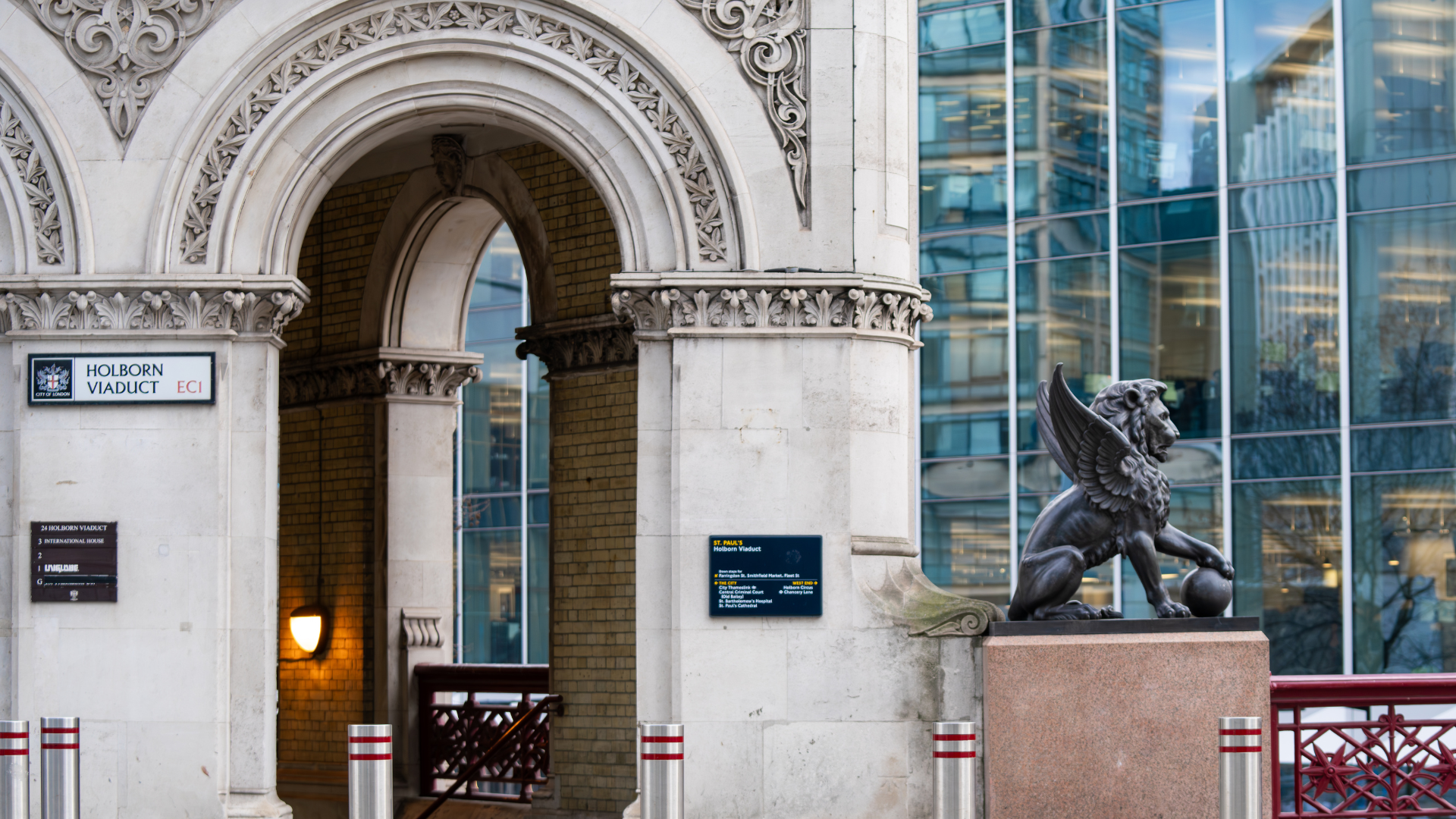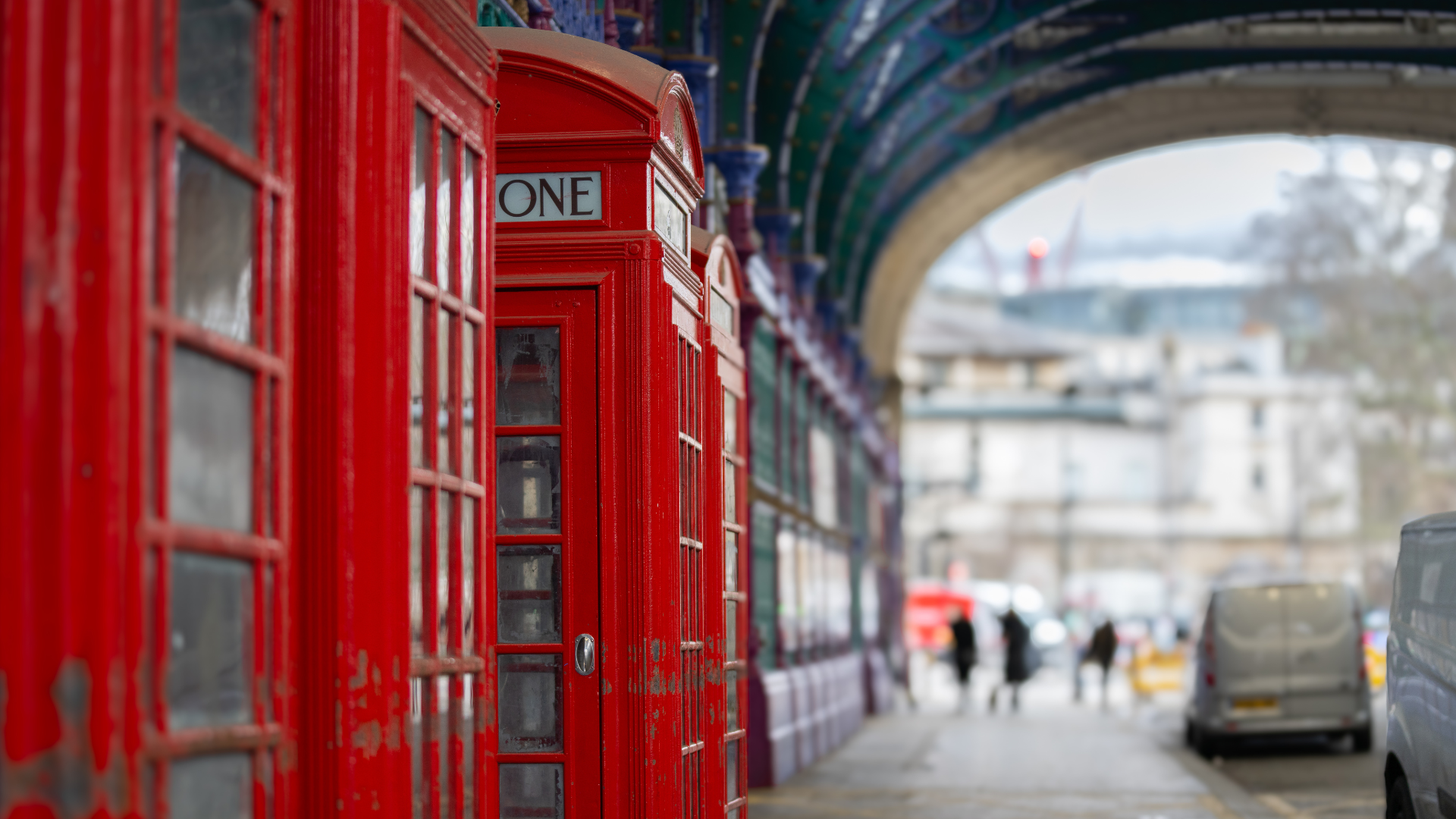Fibre internet options for business: FTTC, FTTP, and DIA explained
July 8, 2025
|
5
min read

Highlights
Is your business broadband really what you signed up for? If video calls lag or uploads drag, your connection might not be what you expected. In this blog, we break down FTTC, FTTP, and DIA - three ‘fibre’ options with very different performance and stability.
If you run a business in the UK, you’ve probably heard the term ‘fibre broadband’. But fibre comes in different forms, and not every connection delivers the same speed, reliability, or consistency. Broadband is one common option, but businesses can also choose dedicated fibre connections, like Direct Internet Access (DIA), sometimes called a leased line, that are built specifically for high-performance, reliable business use.
Understanding the differences between these connection types is key to making sure your internet keeps up with your team and growth.
Quick glossary
- FTTC (Fibre to the Cabinet): Fibre runs to a street cabinet, then copper lines carry it to your building. Speeds can be slow and fluctuate because the connection is shared.
- FTTP (Fibre to the Premises): Full fibre to your building, offering faster and more stable speeds than FTTC, but still shared with other users.
- Direct Internet Access (DIA/Leased Line): A dedicated fibre connection just for your business, with guaranteed symmetrical speeds and high-availability uptime.
FTTC (fibre to the cabinet): fibre, kind of
.jpg)
FTTC runs fibre from your provider’s network to a street cabinet near you, then uses copper wires to reach your premises (while still selling you ‘fibre’).
Copper = outdated. Which means slower speeds, interference, and fluctuating performance – especially if the cabinet’s a few blocks away or shared by lots of users. And those cabinets? They’re exposed to weather and vandalism, adding yet another layer of risk.
Who is FTTC for?
FTTC might work for casual browsing, but if your business depends on video calls, cloud platforms, or remote collaboration, expect slow uploads, dropped connections, and no guarantees when things go wrong.
FTTP (fibre to the premises): better, but still shared
.jpg)
Unlike FTTC, FTTP is a fibre connection that runs straight from the exchange to your building. With no copper cabling involved, it offers better speed and stability.
But here’s the catch: while this is often what internet service providers call ‘business broadband’, you still share your connection with up to 30 others. And while the average speed range is typically quoted as 150 to 900Mbps, the reality is, you often won't always experience those speeds, particularly during peak times because you share your bandwidth with others.
Who is FTTP for?
For micro businesses or early-stage start-ups, FTTP may provide a half workable solution, especially as a stepping stone. But be prepared for pixelated, laggy video calls or a long wait to download a pitch deck during busy times and sometimes, for no apparent reason at all.
As we put it in our earlier blog comparing broadband to leased lines: ‘If it’s broadband, it’s shared’. FTTP is still broadband and not something that provides a genuine solution for reliable connectivity.
What to be aware of if you are considering buying FTTP
FTTP can sound a lot like a high-end business service. It’s full fibre. It promises impressive speeds. And it often comes with confident-sounding terms like ‘uptime guarantee’ or ‘symmetrical speeds’. But these features deserve a closer look, because what they offer in theory isn’t always what they deliver in practice.
Take ‘symmetrical speeds’. FTTP can technically offer equal upload and download speeds, but only if the network isn’t busy and your plan allows it. Most of the time, upload speeds drop off when everyone’s online.
Then there’s the ‘uptime guarantee’. Sounds great. But without automatic compensation for downtime or real SLAs, they're often just marketing phrases – not a sign of real accountability. Many providers only commit to a response or investigation window, rather than to actual fix times.
Other elements that sound impressive but don’t necessarily reflect business grade standards. Static IP addresses are promoted as a ‘business’ feature, but these are widely available as standard on home broadband. ‘Priority fault handling’ usually just means you’re ahead of domestic users - not first in line for a fix.
So, while FTTP is better than FTTC, it is still very much part of that ‘broadband’ family. It’s a strong consumer-grade product, but not a substitute for a business-grade connection.
FTTC vs FTTP: How to tell what connection you have
Many businesses get sold 'broadband' without knowing the type of fibre connection. Here’s how to check:
- Check your provider’s plan documents or welcome email – it often states FTTC or FTTP.
- Ask your provider directly – they can confirm whether your line is full fibre (FTTP) or fibre to the cabinet (FTTC).
Knowing which connection you have matters because FTTC and FTTP have very different speeds, reliability, and suitability for business workloads.
Direct internet access (DIA): fibre built for business
.jpg)
DIA, sometimes known as a ‘leased line’ or ‘dedicated internet’, is a full fibre connection exclusively allocated to a single business. Unlike FTTC or FTTP, it isn’t shared with neighbouring offices or homes, and it isn’t affected by the demands of other users on the network.
It’s your own, dedicated connection, built for performance, reliability, and security.
With DIA, you always get ‘actual’ symmetrical speeds, meaning your uploads are just as fast as your downloads. This makes a big difference for real-time communication, file transfers, and cloud tools. You also benefit from 1:1 contention, meaning your bandwidth is always your own and performance doesn’t drop at peak times - because there’s no one else on your line.
Most importantly, DIA comes with robust service-level agreements (SLAs). These go beyond vague promises, offering clear commitments on uptime guarantees, target fix times, and - with a good provider - automatic compensation if things go wrong.
It’s not just about speed; it’s about having trust in the service that underpins your operations.
Who is DIA for?
- Teams that rely on cloud-heavy workflows: platforms like Salesforce, Azure, AWS, or cloud CRMs need reliable 24/7 access. Outages or slow speeds mean lost hours and lost business.
- Creative and media teams: agencies and production houses transferring large design files or uploading media to the cloud need fast, stable upload speeds. DIA’s symmetrical performance makes that possible.
- Security-focused organisations: if your business runs VPNs, firewalls, or handles sensitive data, you need a connection that supports uptime and compliance without compromise.
- Hybrid/remote teams: distributed workforces need reliable video calls, collaboration tools, and seamless file sharing. DIA keeps everyone connected – consistently.
FTTC vs FTTP vs DIA: the differences that matter for London businesses
Choosing the right internet connection for your business
FTTC, FTTP and DIA each have their place, but they’re not interchangeable. Unfortunately for many businesses, the differences become visible the moment the connection is put under pressure.
For businesses in this day and age, FTTP and FTTC are not fit for purpose. And being overly reliant on outdated infrastructure costs London businesses billions a year in outages.
DIA (whether you call it a leased line or dedicated internet) is designed with business in mind. For teams working in the cloud, relying on uptime or collaborating in real time, it offers a level of confidence that shared broadband simply can’t match.
Choose with care. The best internet solution is the one that will support the way your business works not only now, but also as it grows.
If you want to find out if DIA is right for your business, get in touch with our team. We're always happy to chat through your options.
Tell us about yourself so we can serve you best.
Got a question?
More articles

London, 5 November 2025
Vorboss, London’s leading business fibre network, today announces the launch of a cutting-edge connectivity product built to enable essential public services across the capital.
The new solution offers high-speed, reliable connectivity that’s both affordable and quick to deploy, helping London stay connected and future-proof.
Built on the 100Gbps-capable Vorboss network, the new solution delivers ultra-reliable, high-capacity connectivity that underpins the growing demands of smart city technology and public infrastructure. With a range of options to connect these end-points, Vorboss is collaborating with Vitrifi, which has deployed key components of its networking platform, on PON-based solutions as part of the launch. Working with Vitrifi allows rapid and efficient provisioning and seamless scalability.
The product enables councils, transport authorities, and service integrators to easily connect and manage thousands of devices, from real-time traffic cameras, CCTV, small cells, and environmental sensors to IoT-connected street furniture, all with enterprise-grade resilience and low latency.
“We have been listening to local government organisations over the last year as they explain their difficulty in finding cost-effective, reliable solutions to connecting machines across their boroughs. Through a lot of consultation and innovation we have been able to create a fibre-based solution that is reliable and can be installed quickly.”
Jason O'Malley, CCO, Vorboss, notes:
“With this launch, we’re extending the power of the Vorboss network to enable local authorities and service providers to make cities safer, and more efficient.”

Vorboss’s fibre network, which spans over 700km, is engineered for scalability and security. Vorboss engineers are all based in Central London and are managed by a Liverpool Street based planning and NOC team. This provides an unparalleled level of proactive and reactive support to London's councils.
Rhod Morgan, Vorboss COO, adds:
"The density and quality of our network in central London puts us in a unique position to provide these innovative solutions. Every month 100s of new businesses are being connected to the Vorboss network and this is natural progression of the business as we further accelerate this growth."
About Vorboss
Vorboss is London’s most advanced business fibre network, designed to meet the connectivity needs of modern enterprises and critical public infrastructure. As a member of the Fern Trading Group (part of Octopus Investments), Vorboss is focused on empowering organisations with direct, high-capacity fibre that supports innovation and growth.
About Vitrifi
Vitrifi is building a class-leading autonomic network platform, focussed on reducing the costs to serve customer and manage capacity, built upon a cloud-native, hyper-scaling architecture. The Vitrifi platform enables the rapid and efficient provisioning of fibre optic network services and scales seamlessly to meet the demands of its customers.

.png)
A fast-growing footprint and a move to a new London HQ, InPost is going through exciting changes.
If you’ve ever picked up a parcel from a locker at your local supermarket or petrol station, chances are you’ve used InPost. Founded in Poland and now operating across nine countries, they’re a leader in logistics solutions for the e-commerce industry in Europe.
Preparing for the move
The team knew that moving offices and switching internet providers can bring unexpected hurdles, so finding a partner who could provide dependable service and simplify the installation process was essential.

.jpg)

.jpg)

